Nintendo: A history spanning more than a century
By Aniket Gupta | 24 Apr 2024
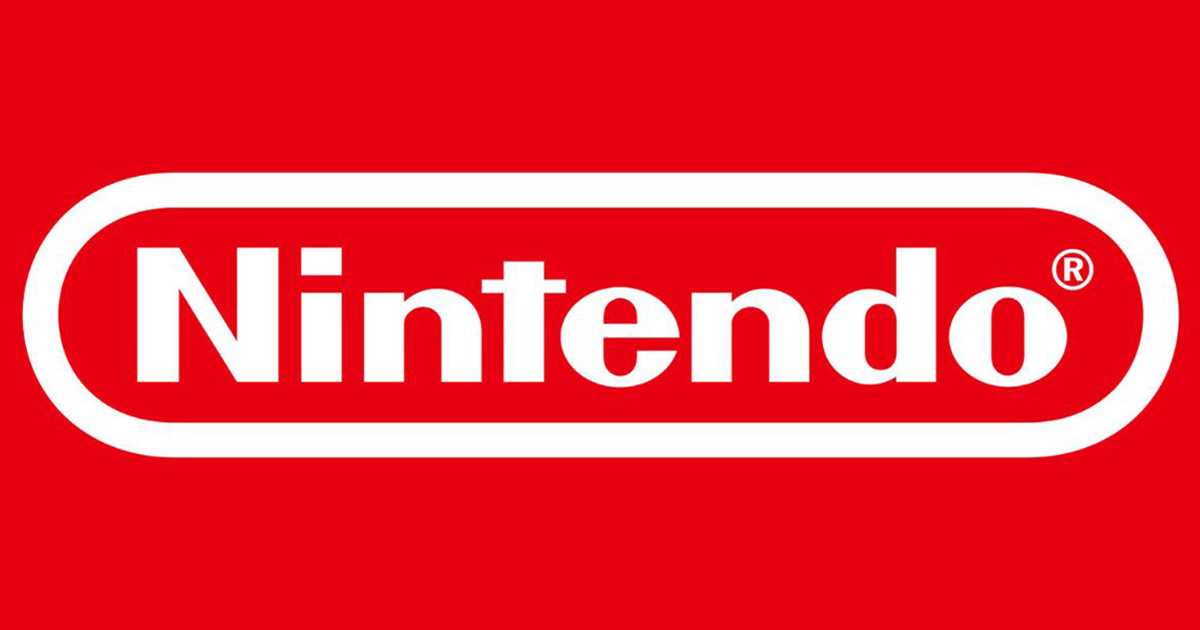
Growing up, Nintendo was synonymous with gaming. Its iconic characters and timeless classics defined an era of fun and adventure. Today, despite the emergence of countless competitors, Nintendo remains a beloved household name. Over the years, it has created popular video games, such as Mario, Legend of Zelda, and Pokémon.
The nostalgia-inducing company has a fascinating history that spans more than a century, earning the loyalty and admiration of gamers worldwide. Yes, Nintendo is a video game company that has existed for more than a century. How? Let’s see.
The beginning of Nintendo
In the late 19th century, when global trade was increasing, 30-year-old Fusajiro Yamauchi dreamed of opening a card shop in Japan. This was the time when the Japanese government was banning playing cards in that country, as they were proving to be addictive, and giving rise to gambling.
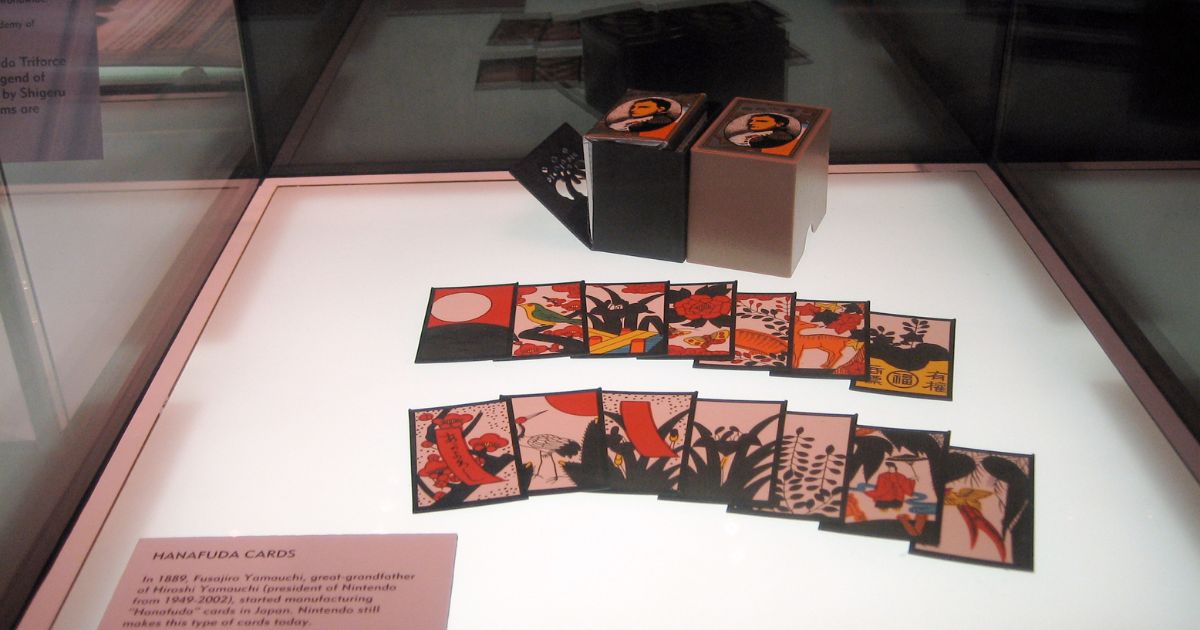
Yamauchi thought of selling hanafuda (flower) cards, which were slightly different from regular playing cards. So on 23ʳᵈ September 1889, he opened his hanafuda card shop in Kyoto, Japan. He named his shop Nintendo Koppai and started the journey of the iconic company.

The business became profitable, and Nintendo Koppai started opening branches, such as the one in Osaka. Then, in the early years of the 20th century, Yamauchi went on to manufacture Western-style playing cards. These cards were created for export, but they gained popularity in Japan too.
In 1929, Yamauchi decided to retire and hand over the company to his son-in-law, Sekiryo Kaneda. Kaneda wanted to grow the company to new heights and hence renamed the company Yamauchi Nintendo & Co. after establishing a general partnership to venture into other businesses. Kaneda was the company president for about 20 years.
The Second World War hurt the company, as Japanese authorities banned the distribution of foreign card games. Additionally, with the shift in priorities within Japanese society, interest in recreational activities such as playing cards declined.
After the Second World War, Japan found itself as an economically depleted nation. People started working even harder to rebuild their country, and Yamauchi Nintendo & Co. also made some strategic appointments to improve its fortunes.
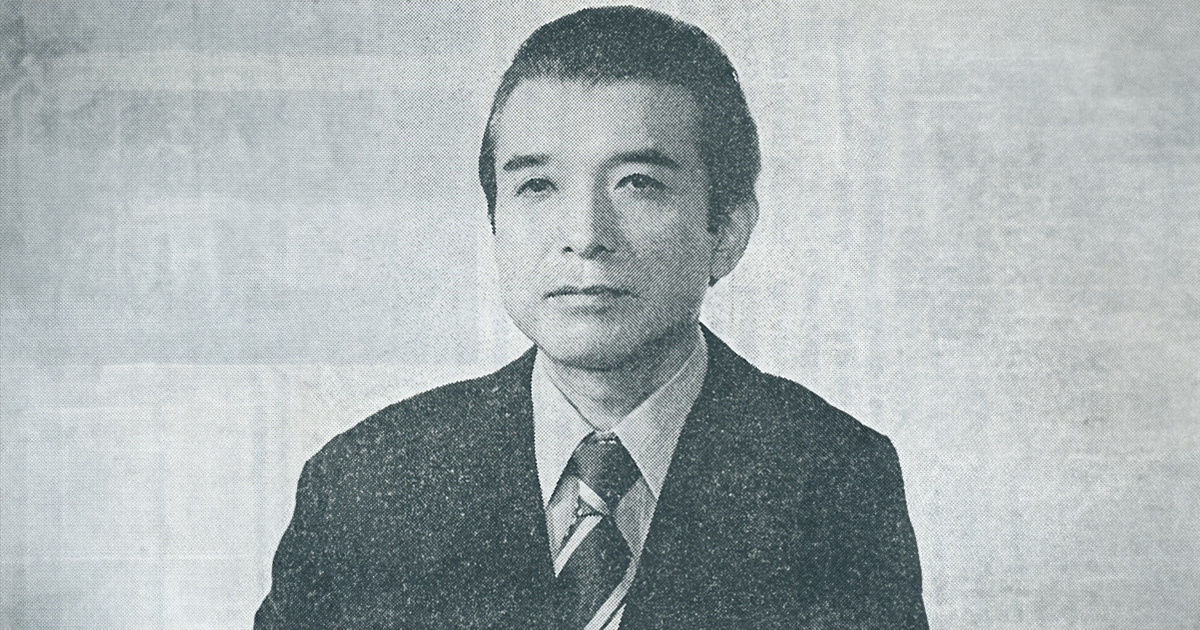
Hiroshi Yamauchi, the great-grandson of the founder, joined the company as its president on 25th April 1949. He was only 21 years old when he joined the company.
The reason for Hiroshi’s selection as the company president at such a young age is that his predecessor, Kaneda, had suffered a stroke in 1948 and had no male heirs except for Hiroshi. Hence, at the tender age of 21, Hiroshi was given the reins of the company. At the time, this decision received some heavy criticism, as the Japanese take seniority in the profession very seriously. At the time, no one knew what this 21-year-old was going to achieve. As it turned out, he achieved a great deal in his 53-year tenure as the head of the company.
The age of experimentation, innovation, and expansion
Hiroshi Yamauchi acted swiftly, initially by dismissing critics of his appointment and introducing more dynamic alternatives. In 1951, he rebranded the company as Nintendo Playing Card Co., Ltd.
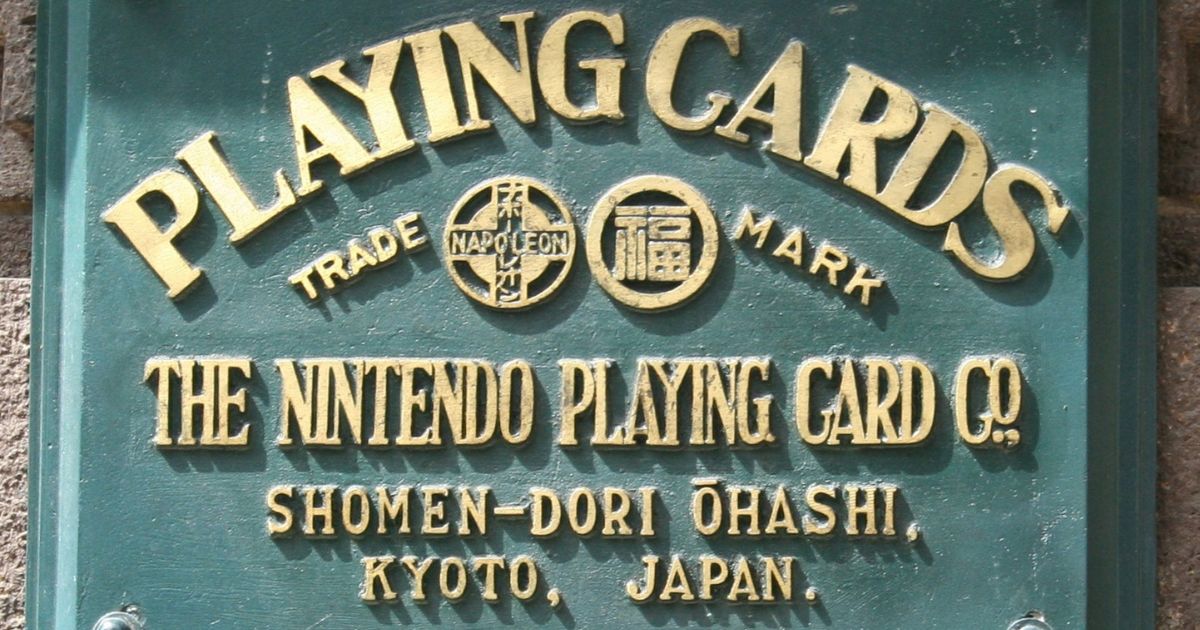
The following year, he made a pivotal by centralizing manufacturing operations in Kyoto. Following that, other company branches were only used for distribution.
A significant milestone was reached in 1953 when Nintendo became the first company in Japan to mass-produce plastic playing cards.
During the early years of his leadership, the company was hit by multiple strikes by employees who opposed his management approach. His response was always to replace his critics with new employees. The unemployment rate post-Second World War was very high in Japan, which made hiring skilled workers easier.
In 1959, Nintendo signed an agreement with Disney, under which Nintendo was allowed to display the faces of Mickey Mouse characters on its playing cards. This deal was very profitable for both companies, and it gave Nintendo a certain level of global exposure.
Hiroshi Yamauchi made some contacts with his peers in America, and Disney found its way into Japan. This deal also gave Nintendo a boost in the children’s market. A year after the deal was struck, Nintendo sold more than 600,000 sets of playing cards in Japan. By 1961, the company had sold more than 1.5 million card packs, making it one of the largest card companies in the Eastern Hemisphere.
In 1962, Nintendo went public, listing its stock on the Osaka Securities Exchange and the Kyoto Stock Exchange. After going public, Hiroshi went to the USA and visited the United States Playing Card Company, the largest manufacturer of playing cards in the world. What he saw shocked and astonished him. He saw that the world’s biggest manufacturer of playing cards had a tiny office, a small factory, and a small workforce. After his visit, Hiroshi understood the importance of efficiency in a business. He decided that Nintendo needed to do a lot more than it was doing at the time. He came back to Japan, changed the name of the company to Nintendo & Co. Ltd., and started to diversify.
Diversifying a company that had been selling playing cards for more than seven decades was easier said than done. Hiroshi tried to find the next big business he could enter, but he could not. He tried starting a taxi service, an instant rice-making company, and a ‘love hotel’. But he failed miserably in all these ventures. The revenue from playing cards was all used up in starting these new ventures, and Hiroshi could only afford one last gamble.
Gunpei Yokoi was an assembly-line machine operator Nintendo had hired in 1965. One day, Hiroshi saw Gunpei playing with a mechanical claw arm and got the idea of starting a new business in kid’s toys. He set up a research and development department in 1969 and appointed a long-term confidant, Hiroshi Imanishi, as the department head. He also promoted Gunpei from the assembly-line machine operator and made him the coordinator of Nintendo’s toys division. Hiroshi Yamauchi thus started a new era of expansion in kid’s toys.
Nintendo made giant strides in mass-producing and selling children’s toys. It also established the Nippon Game brand to make and sell toys in other countries. It created classic games such as chess, shogi, go, and mahjong, but the bulk of the company’s revenue came from selling electronic toys.

Throughout the early 1970s, Nintendo created some iconic electronic toys, such as the Beam Gun, designed by Masayuki Uemura, Ultra Machine, Ultra Scope, Love Tester, and arguably its most important toy, Ultra Hand.
Ultra Hand, heavily inspired by Gunpei’s mechanical claw arm, sold over 1.2 million units in Japan.
Then the 1973 oil crisis hit the world.
Entering the world of video games
In 1973, when the oil crisis happened, the cost of plastics shot up. This in turn steeply increased Nintendo’s cost of production, and the company was not able to cope with the high cost of production through sales. Consumers began to prefer essential products to pastimes such as toys.
This shift put a huge dent in the sales of Nintendo products. Hence, 1973 proved to be a rough year for Nintendo, and the company lost more than ¥7 billion. But fortunately for Nintendo, it was already exploring different domains for new ventures.
Video games were taking baby steps in the early 1970s. The concept was fairly new, and Hiroshi Yamauchi started noticing these new trends. He began thinking of video games as the company’s future.
Nintendo spared no expense in entering the video game market. It set up new divisions to develop arcade and console games for Japan. It also set up a company in the US and named it Nintendo of America, Inc.

In 1977, Nintendo released its first-ever console game system, the Colour TV-Game, with the help of a joint partnership with Mitsubishi Electric. From 1977 to 1983, Nintendo released five different versions of the Colour TV Game (CTG) that together sold more than 5 million units.
In 1980, Nintendo created its first hand-held video game system, Games & Watch. This system was created by Gunpei Yokoi using technology used in portable calculators. This product was a massive hit, and Nintendo sold 43.4 million units worldwide. But, despite such impressive products in its portfolio, Nintendo was losing money. Hiroshi attributed this loss to the high research and development costs of the products. And, despite having good sales, the products were not comparable with rivals such as Bandai and Tomy. Nintendo was also not doing well in the US markets.
Nintendo needed to reassert its market dominance as soon as possible. To do that, the company needed a strong innovation—something that would remain iconic for a very, very long time.
Nintendo found the person who would help the company become a global leader. That person was Shigeru Miyamoto.
Nintendo’s iconic trifecta: Donkey Kong, Mario, and Zelda
Shigeru Miyamoto joined the company in 1977 and was a game designer who held a bachelor’s degree in industrial arts and design. He is widely regarded as one of the most important figures in the video game industry.
.jpg)
Miyamoto joined Nintendo as a designer for the toys division but later shifted to the video game division. He had initially worked to create the art design for Sheriff, an arcade game released by Nintendo in 1979. Later, in 1980, he was tasked with creating a new arcade game. He was also tasked with tackling the problem of low sales in America.
Miyamoto had a solution. He decided to make the characters of the video game more colorful and give them a story.
Keeping this in mind, he created Donkey Kong in 1981. Donkey Kong had a simple story about a princess who was kidnapped by an overgrown ape and had to be rescued by a small man in a red jumpsuit with a bushy moustache. Miyamoto later revealed that he had taken inspiration from classic fictional works like King Kong and Beauty and the Beast to create Donkey Kong.
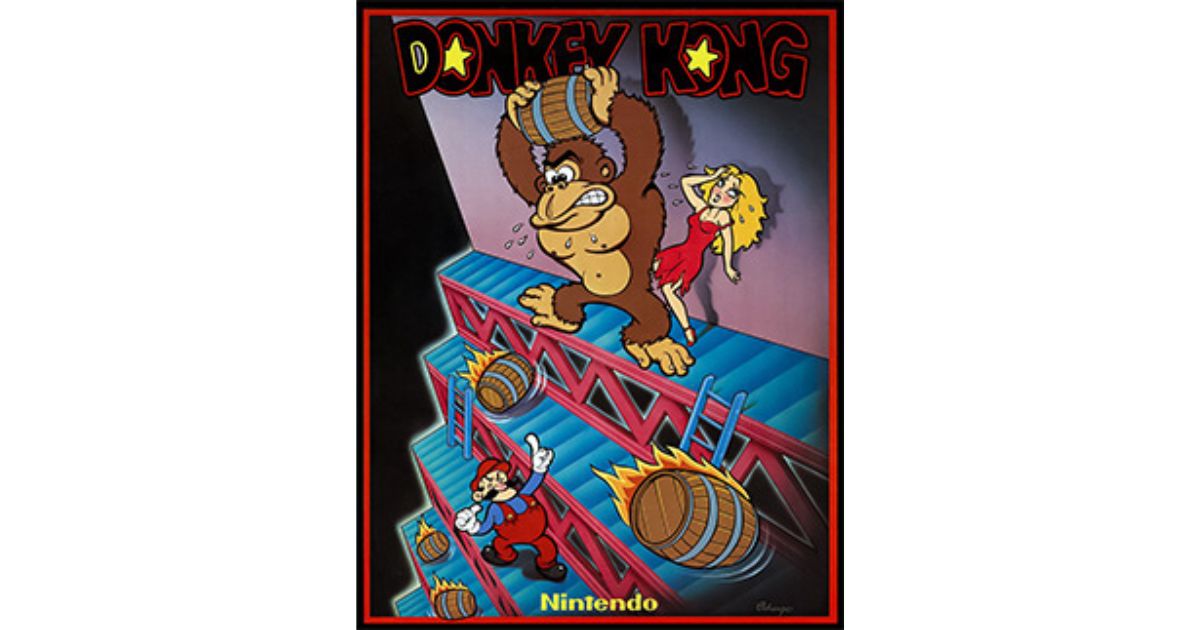
The funny thing was, that Donkey Kong did not even feature a donkey. Miyamoto revealed that he used the word ‘donkey’ to denote stubbornness. So basically, Donkey Kong roughly translates to stubborn ape, which made sense.
Donkey Kong was the most advanced arcade game of its time. It had catchy music, complicated stages, or levels, advanced graphics, and the moustache man, who was then called Jumpman, could jump, a trait that was never featured in any video game before.
Donkey Kong became the highest-selling game in 1981 and 1982, and Nintendo started its era of dominance in the video game industry. And Jumpman in Donkey Kong became the inspiration for Nintendo’s next successful project.
Nintendo also released a sequel to Donkey Kong, named Donkey Kong Jr., in which the roles were reversed. This meant that Jumpman was the villain, and Donkey Kong Jr. was the hero trying to save his kidnapped father.
Nintendo also released Popeye in 1982, inspired by the famous cartoon and comic strip Popeye the Sailor. These two games had moderate success in the market, but Nintendo was ready to release its next big thing.
But before that could happen, the whole video game industry had to endure a crash.
In 1983, the video game industry crashed due to market saturation, high competition, and the poor quality of most games. Although this crash was the heaviest in the US, Nintendo had to endure some losses too.
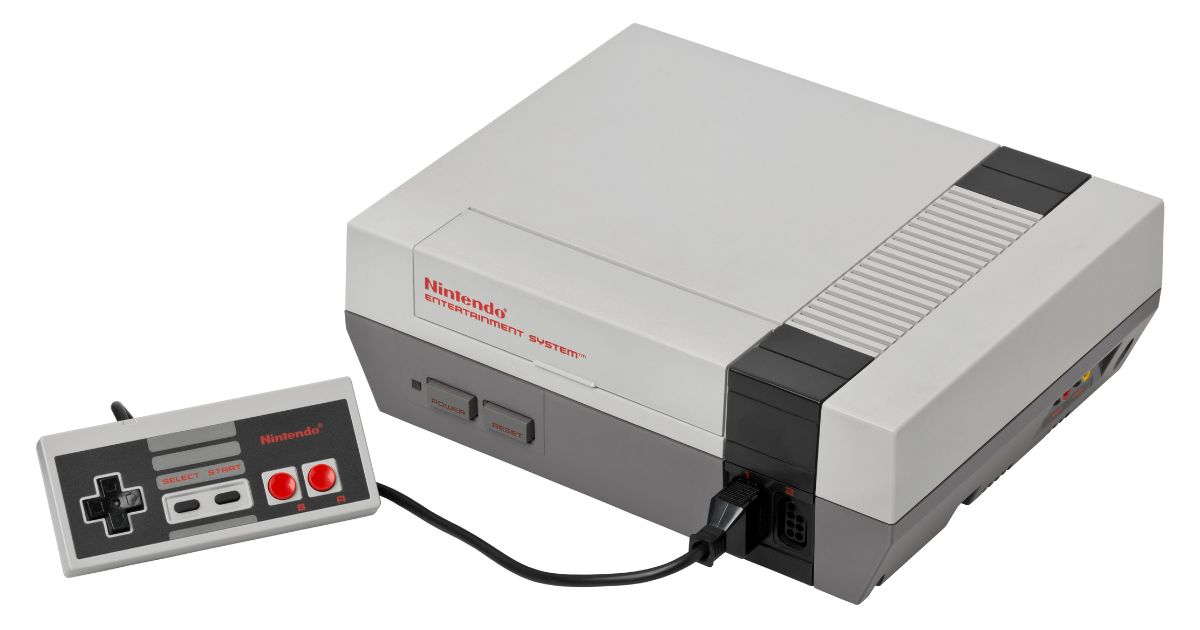
In 1985, Nintendo came up with a solution to mitigate the effects of the crash. It launched the Nintendo Entertainment System (NES), a home video game console, in October 1985.
Remember Jumpman from Donkey Kong? He was later renamed Mario, named after real-life businessman Mario Segale, who was the landlord of the Nintendo warehouses in Tukwila, Washington state, USA. There is an interesting and widely circulated story that suggests that Mario was named after Mario Segale to get concessions in the balance rent of the warehouses Nintendo used in Washington.
Nintendo released Super Mario Bros. in 1985, a game that revolved around the adventures of Mario and his brother Luigi in Mushroom Kingdom. Before Super Mario Bros., Nintendo had released Mario Bros. in 1983, but Miyamoto felt that the game’s graphics seemed incomplete. So they worked on the sequel.
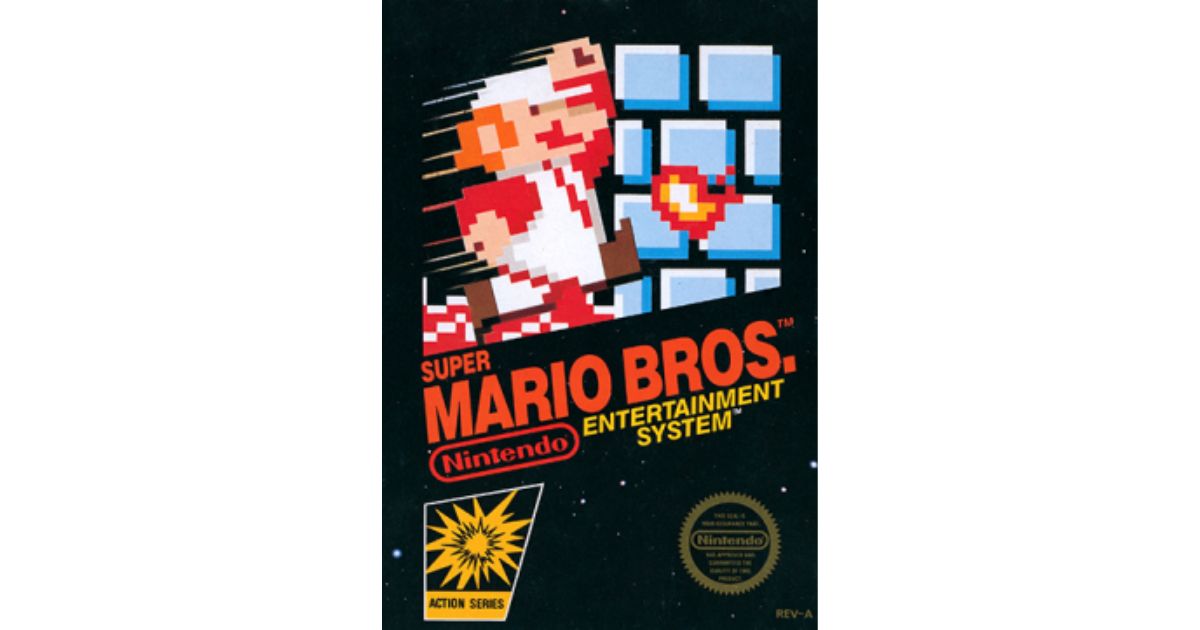
Super Mario Bros. became the game that defined Nintendo and is widely accepted by many as the greatest video game of all time. The game was collectively designed by Shigeru Miyamoto and Takashi Tezuka, and the iconic music of the game was composed by Koji Kondo.
Super Mario Bros. is one of the highest-selling games of all time, selling more than 58 million copies in total.
In 1986, Nintendo released another successful game called The Legend of Zelda. The game revolved around an elf named Link, who had to rescue Princess Zelda from the evil pig-like creature, Ganon. Nintendo sold more than 6.5 million copies of the game, making it one of the most successful games made by Nintendo.

Donkey Kong, Super Mario Bros., and The Legend of Zelda propelled both sales and the popularity of Nintendo in the 1980s, making them the largest video game company in the world during that time.
In the 1990s and early 2000s, Nintendo started focusing more on hand-held gaming devices. They also started facing different challenges during this time.
What were these devices? What challenges did Nintendo face at the turn of the century? And what is the current state of the iconic company?
We will explore all these topics in the next part of this article, ‘Nintendo: Gameboy, Wii, and challenges of the 21st century’.



















